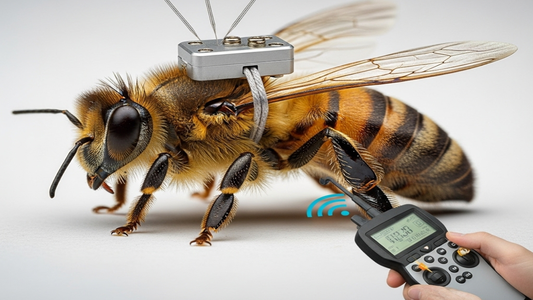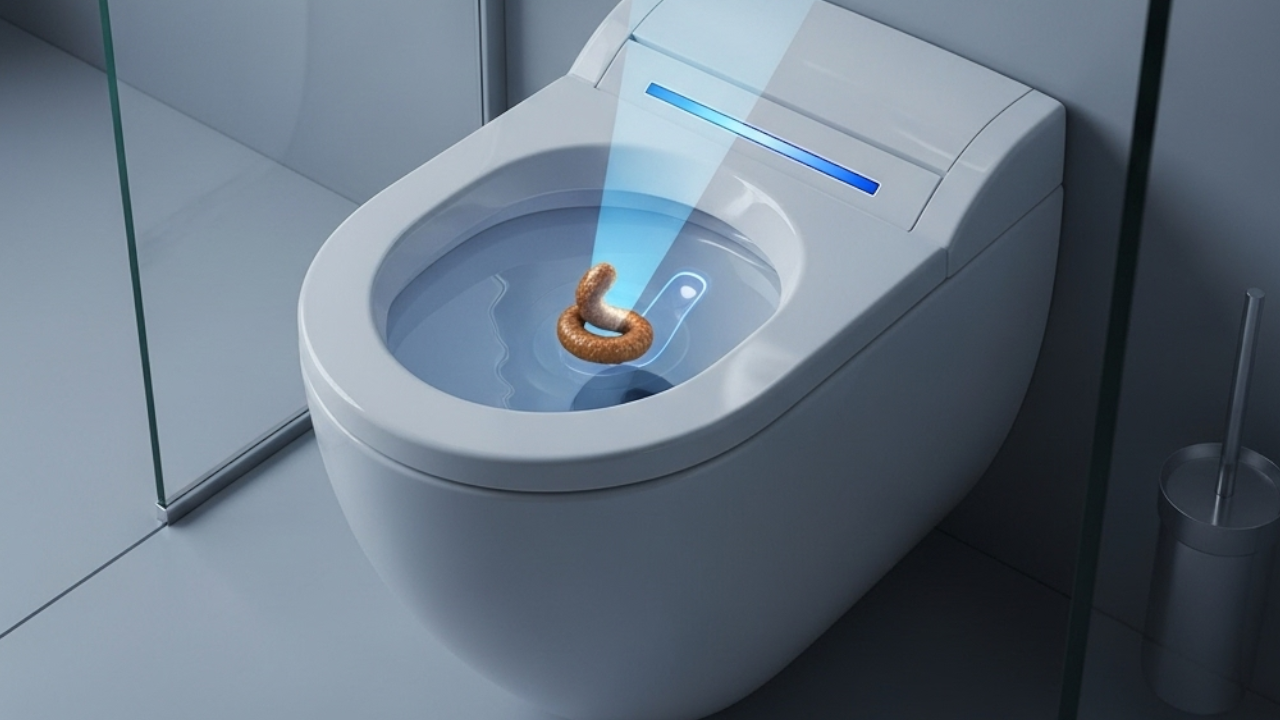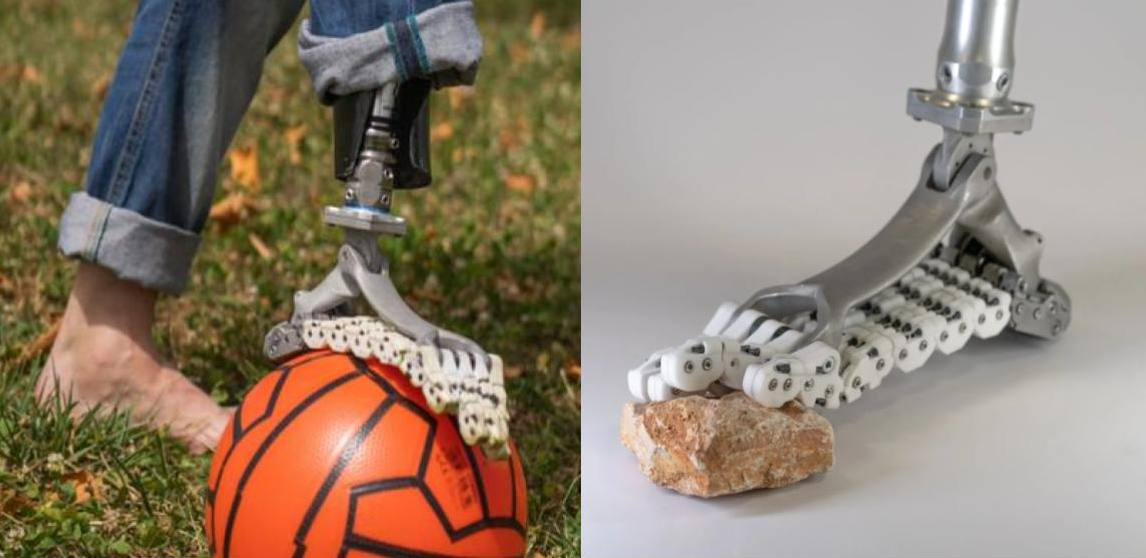In a significant step blending biology with robotics, a team of scientists from the Beijing Institute of Technology in China has successfully developed a "cyborg bee" that can be controlled remotely. This is achieved by implanting a miniature brain controller onto the bee's back. Weighing only 74 milligrams, it is the lightest device of its kind ever developed and is designed not to impede the bee's natural movement.
The device connects directly to the optic lobes of the bee's brain through three micro-needles. It sends precise electrical pulses that simulate natural visual signals, creating optical illusions that prompt the bee to turn left, right, or fly forward on the operator's command, much like a drone.
Experiments have shown remarkable success. According to a study published in the Chinese Journal of Mechanical Engineering, the system achieved a 90% accuracy rate in directing the bee's flight. This high level of precision opens the door for promising applications, such as deploying swarms of cyborg bees for military reconnaissance or locating survivors trapped under rubble after natural disasters like earthquakes.
The reason for the focus on bees lies in their superior flight capabilities, which outperform many man-made micro-drones. Not only can a bee fly long distances—up to five kilometers—in search of food, but it also possesses an incredible ability to maneuver in complex environments and navigate tight spaces that are inaccessible to most drones.
Despite this achievement, the project still faces significant challenges. The system currently relies on a wired power source, as available battery technologies are too heavy for the bee to carry in flight.
Furthermore, the precision of control can vary from one bee to another, and certain physical responses, like leg movement, remain beyond the system's control. To transform the bee into a truly effective surveillance tool, it would need to be equipped with miniature cameras or sensors. This presents an additional hurdle, as the added weight would require an even heavier battery to power the new components.









